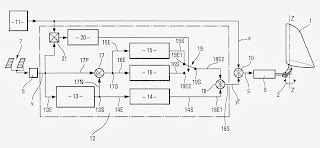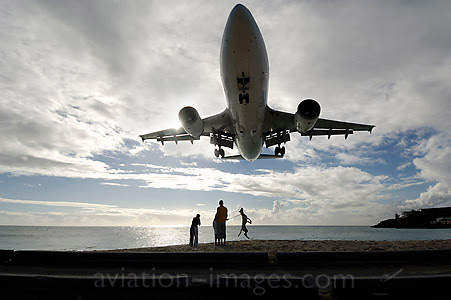Chapter 4 COMMAND SIGNAL DETECTION
Automatic Flight Control by E.H.J Pallet & Shwan Coyle.
Signal & Sensor
Electrical command from Pilot to Control Surface or A control Surface's respond in the form of voltage is call command signal And the sensors which detects are call command signal sensor & transducer.
These sensors are of inductive type and works on the basis of transformer with fixed primary winding & variable secondary wingdings.
Types of command signals:
There are followed type of these inductive type command signals sensors
1) E & I Bar Sensor
2) Moving vane Sensors
3) Synchros
E & I Bar Sensor:
This is and inductive type sensor used for position attitude changes.The AC signal is applied on Center limb of 'E' when there is defection in 'I'
this shows that there is an attitude changes in respective control surface with this E&I bars sensor is coupled.And if there is no deflection means
the control surface has maintained it leveled position.
Moving Vanes Sensors
This inductive type sensor is also used for attitude changes with their respective steering gyroscope.
The two sensor are used.One is having its vane in the inner gimbals of gyro for pitch attitude where as the other is having in the outer gimbals for roll attitude sensing.
The AC signal is applied on the 1 and 3 ends of the sensor with 180 degree phase shift.
If the vane is at the center position 2 this means that the aircraft is at level flight.if the vane is varied between the 1 & 2 or 2 &3 then it means
there is and attitude change with respective control surfaces.
Synchros
The synchronous self inductive type signal detectors are called synchros and are of type:
1) Torque Synchro
2) Control Sysnchro
3) Differential Synchro
4) Resolver
Torque Synchro: This is used for a very small movement in aircraft.This is use to detect angular position.And in instruments
On transmitting end (TX) its had generator and generating shaft whereas on receiving End (TR) it had AC motor.
Control Syncho: This is used to detected the signal from large movements such as control surfaces.It has same function as torque but there is a Transformer on Receiving end (CT).
Differential Synchro: The synchronous signal detector that uses the error difference between two angular position us called differential synchro.Its uses TDX/CDX in between
Torque and Control Sysnchro and the symbols are given as:
Resolver: An interesting sysnchro that converts cartisan co-ordinates systems to Polar Co-ordinates and vice versa is called Resolver.



